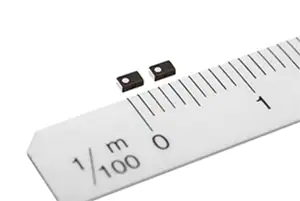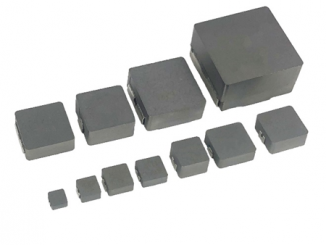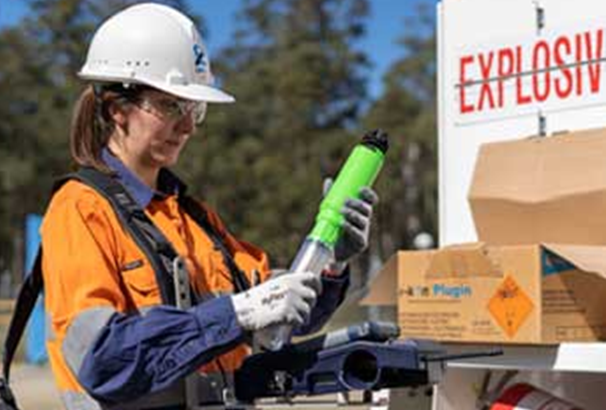
150-years-young Orica has come up with a truly explosive way to apply the power of magnetic inductance that is rocking the mining industry. In the world of mining, innovation is not just a buzzword, asserts the company, it’s a necessity. As mines delve deeper and face increasingly challenging conditions, the need for advanced technologies becomes paramount.
At the forefront of this technological revolution stands Orica, an Australian company with 150 years of experience in mining and civil blasting. Today, its cutting-edge blasting technologies are transforming mining operations, enhancing safety, efficiency, and productivity. At the heart of the innovation is its groundbreaking WebGen system for setting off blasts both in underground mines and at surface mines. The system employs low-frequency magnetic signals capable of transmitting robustly through rock, air and water to initiate blasts. The signals are transmitted from a stout field antenna to activate the specially designed primers placed at the explosive charges.
Somewhat akin to wireless charging of a cell phone or EV battery, a wireless inductive signal is a type of electromagnetic field that transfers power between two coils without physical contact, using the process of induction. It is a kind of wireless energy transfer that uses electromagnetic induction to provide power to portable devices by inductive coupling between the transmitter and receiver. Fundamentally, alternating current passing through an induction coil creates an electromagnetic field used to transfer energy via induction to a receiving coil, accomplishing the coupling with the help of a ferrite layer that concentrates and directs the magnetic flux from the transmitter to the receiver.

WebGen 200 improves on Orica’s unique first-generation system with enhanced capabilities for safe and reliable wireless initiation of blasts on the surface and underground. The second-generation system offers four variants of primers specifically designed for surface, underground development and underground production blasting.
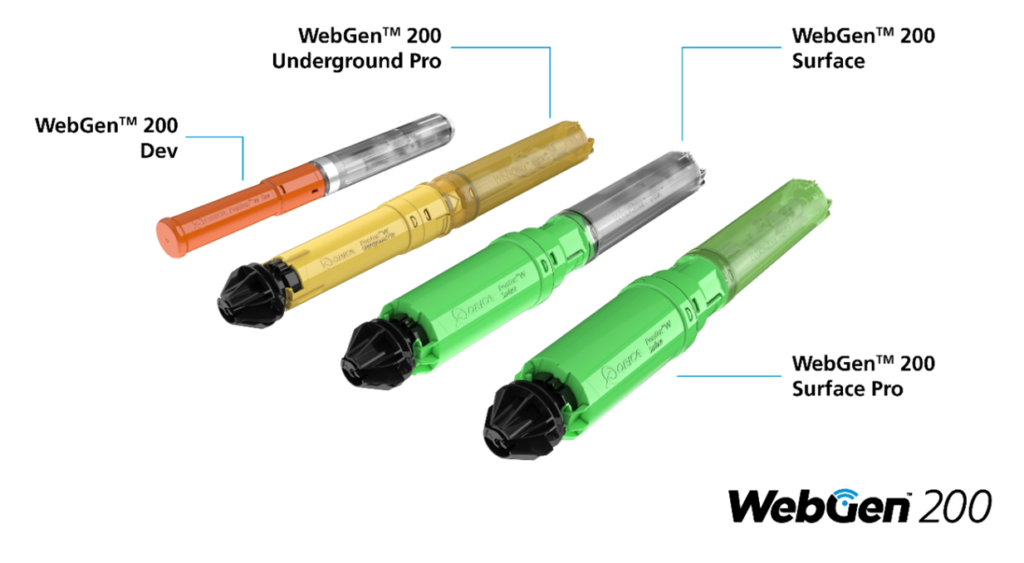
Blastholes primed with WebGen have no wires between or in blastholes but depend on remote initiation using the magnetic induction signals. This opens new opportunities for surface and underground mines to improve recovery, reduce dilution and increase production by reducing operational delays and scheduling constraints. In underground mines, the system can significantly reduce risk to personnel by reducing or eliminating the need to re-enter stopes and drawpoints to connect blastholes with wire or signal tube. In surface mines, it reduces constraints on the mine schedule by allowing sleeping blasts to be converted to haulroads.
The primers can be encoded in groups that can be fired together to make larger blasts as needed. Groups of in-hole primers can be wirelessly initiated by a firing command that communicates through hundreds of meters of rock, water and air. This completely removes constraints often imposed by the requirement of a physical connection to each primer in a blast and importantly allows for removing people from harm’s way. A blasting sequence can be changed at short notice without the need to send people to disconnect and reconnect blastholes. The primers can be slept for up to 60 days after encoding, giving operational flexibility to fire blasts when environmental conditions or production demands dictate.
The system is offered as a service operated by Orica technicians and specialists. Before deployment, they conduct a signal survey to determine the practical operational range of the magnetic induction signal in the local host rock. Signal range primarily depends on mineralogy.
The latest addition to Orica’s initiating systems technology portfolio is the WebGen 200 Underground Pro, the world’s first truly wireless initiating system for underground mining. This second-generation technology has profound implications for the industry – enhancing safety, increasing productivity and reducing operating costs.
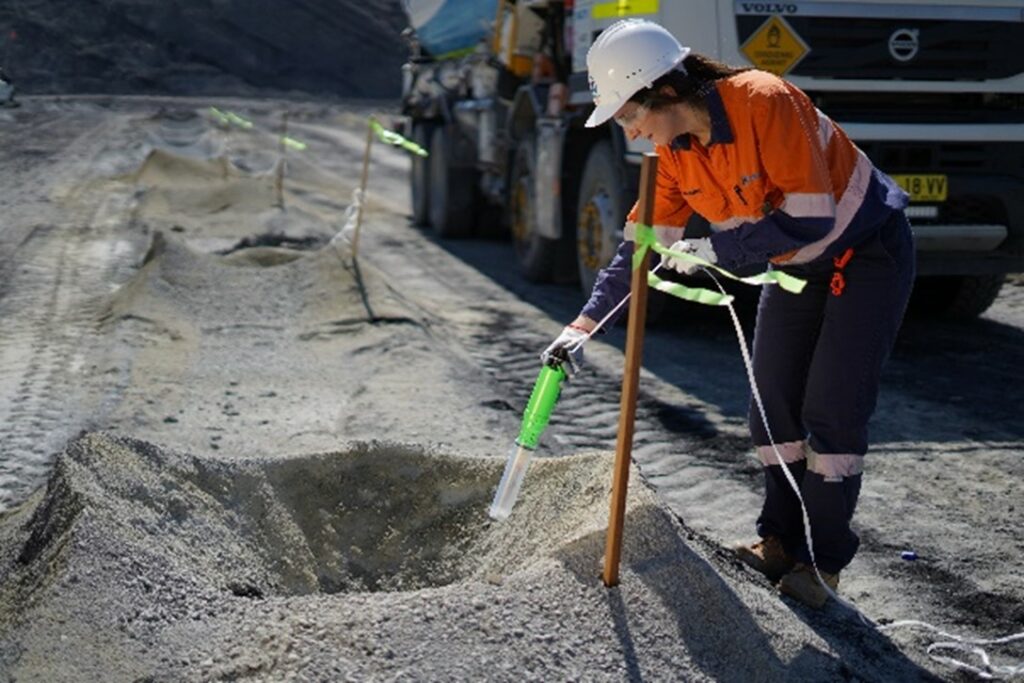
Orica made the commercial release of WebGen 200 Surface last year. It was developed based on the success of more than 5,000 WebGen 100 blasts around the world, containing over 150,000 primers. The system even enables customers to operate their blasting during the lightning storm season or turning a loaded blast into a temporary haul road because of its schedule flexibility feature. It also permits safe passage of mining equipment over loaded blastholes by maintaining parallel mining, drilling and loading activities which can significantly increase the vertical advance of surface mines. Production delays associated with exclusion zones around loaded blast patterns during lightning storms can also be eliminated.
The new systems are also equipped with digital technology to allow advanced features including digital inventory management, delay adjustments before blasting, an improved user interface and increased quality assurance. Reliability is further improved with primers designed to endure even greater dynamic pressure.


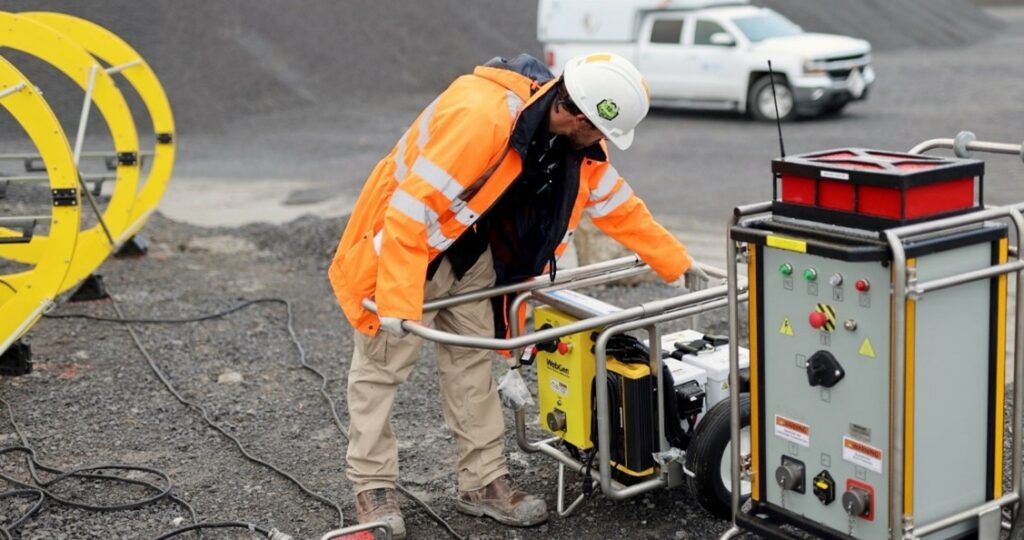
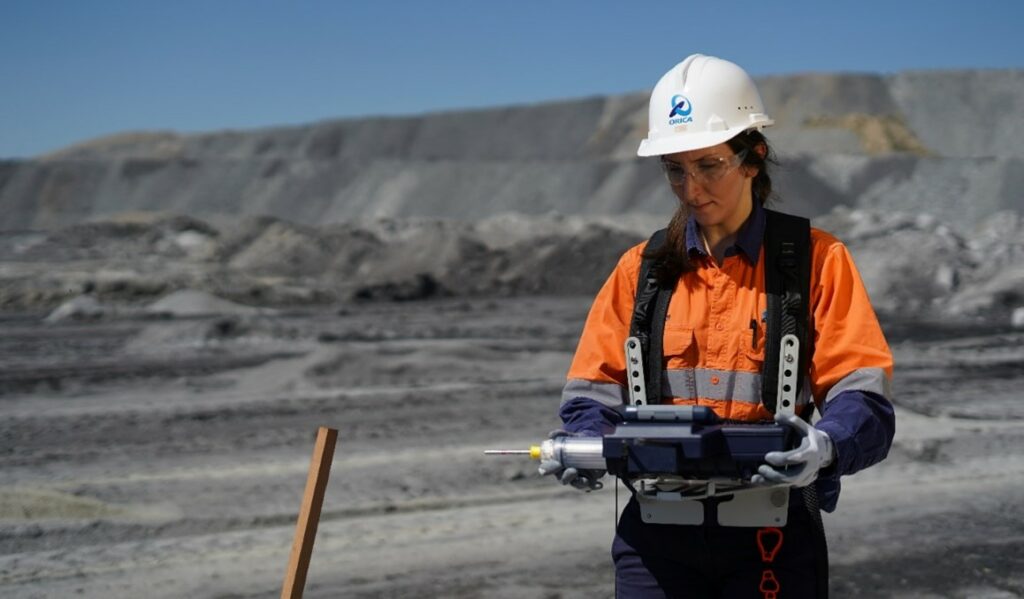
Real world impact at Outokumpu’s Kemi mine in Finland
The effectiveness of WebGen technology was demonstrated recently at Outokumpu’s Kemi mine in Finland. The mine faced a specific challenge in recovering ore from the crown pillar between their open-pit and underground workings. Traditional blast designs often left substantial amounts of ore stranded or inaccessible, while standard initiation systems required workers to enter potentially dangerous areas.
Orica worked with Kemi to introduce a novel crown pillar blasting technique that allowed for pre-charging of parallel rings of blast holes, elimination of the need for workers to enter hazardous areas and enhanced ore recovery by removing unrecoverable wedges left by fan-shaped rings. The results were remarkable: ore recovery exceeded the budget by 92%; total stope volume mined surpassed the plan by 80%; waste extraction was less than 40% of the initial projection.
Founded in 1874 as a supplier of explosives to the Victorian gold fields in Australia, Orica has grown to become one of the world’s leading mining and infrastructure solutions providers, also serving quarry, construction and oil & gas operations with explosives, blasting systems, specialty mining chemicals and digital intelligence products and services. There are about 13,000 employees globally. See www.orica.com/wireless.

